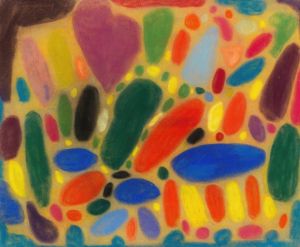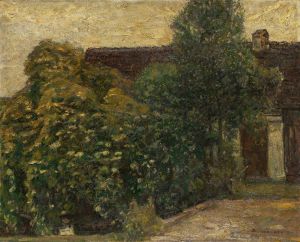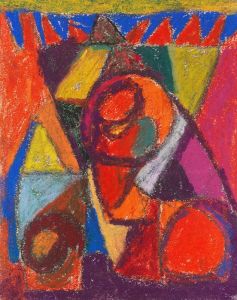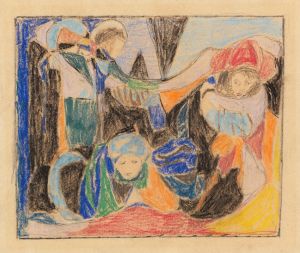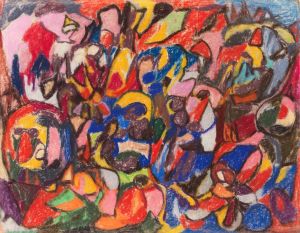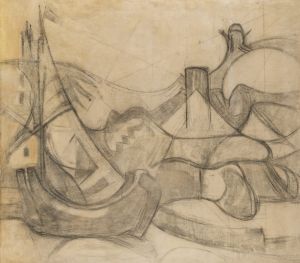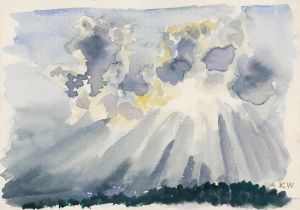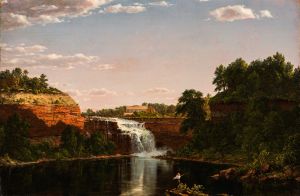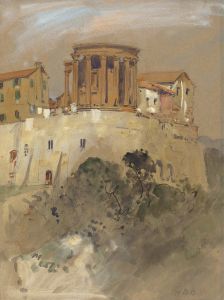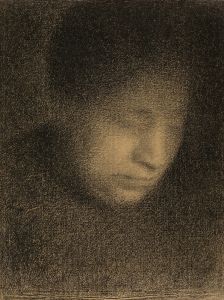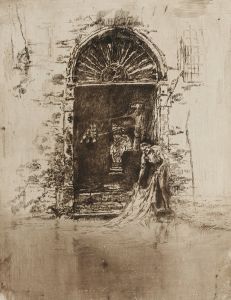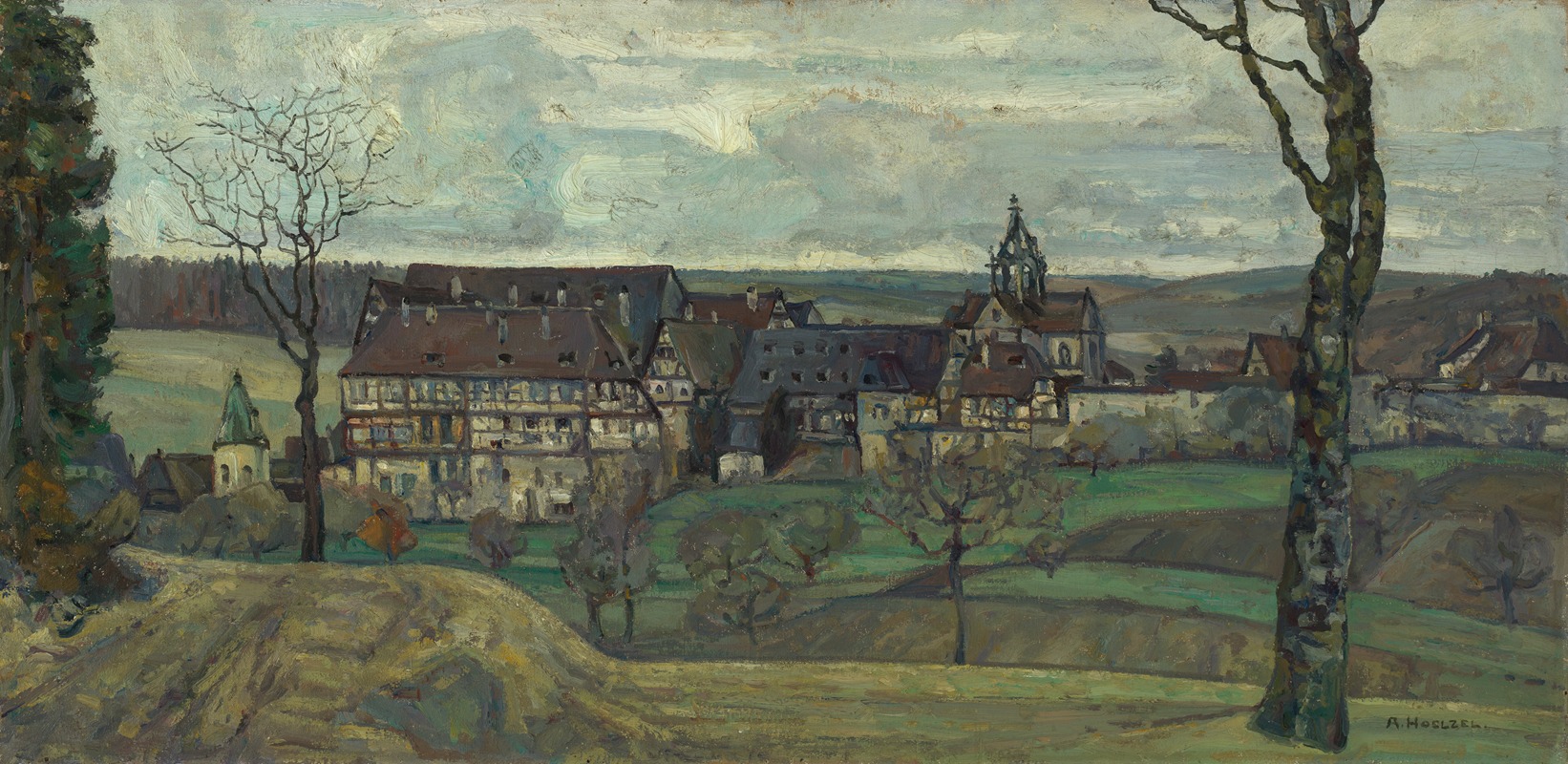
Kloster Bebenhausen bei Tübingen
A hand-painted replica of Adolf Hölzel’s masterpiece Kloster Bebenhausen bei Tübingen, meticulously crafted by professional artists to capture the true essence of the original. Each piece is created with museum-quality canvas and rare mineral pigments, carefully painted by experienced artists with delicate brushstrokes and rich, layered colors to perfectly recreate the texture of the original artwork. Unlike machine-printed reproductions, this hand-painted version brings the painting to life, infused with the artist’s emotions and skill in every stroke. Whether for personal collection or home decoration, it instantly elevates the artistic atmosphere of any space.
Adolf Hölzel's painting Kloster Bebenhausen bei Tübingen depicts the historic Bebenhausen Monastery, located near Tübingen in Baden-Württemberg, Germany. Adolf Hölzel (1853–1934) was a German painter and art theorist, recognized as a pioneer of modern art and abstraction. His work often bridged traditional representational art and emerging modernist styles, reflecting his interest in color theory, form, and composition.
The Bebenhausen Monastery, a former Cistercian abbey, is a well-preserved medieval complex founded in the late 12th century. It is situated in the Schönbuch forest and has long been admired for its architectural beauty and serene surroundings. The monastery's Gothic and Romanesque elements, along with its picturesque location, have made it a popular subject for artists and travelers alike.
Hölzel's painting captures the essence of the monastery and its environment, though specific details about the date of creation or the medium used for this particular work are not readily available. As with much of Hölzel's art, the painting likely reflects his evolving artistic philosophy, which emphasized the emotional and spiritual impact of color and form over strict realism. His approach to art was deeply influenced by his role as a teacher and theorist, particularly during his tenure at the Stuttgart Academy of Fine Arts, where he mentored several influential modernist artists.
While Kloster Bebenhausen bei Tübingen is not among Hölzel's most widely discussed works, it exemplifies his ability to blend naturalistic representation with his interest in abstraction and color harmony. The painting serves as both a tribute to the historical and cultural significance of Bebenhausen Monastery and a reflection of Hölzel's innovative artistic vision.
Further details about the painting, such as its current location or exhibition history, are not documented in widely accessible sources.





